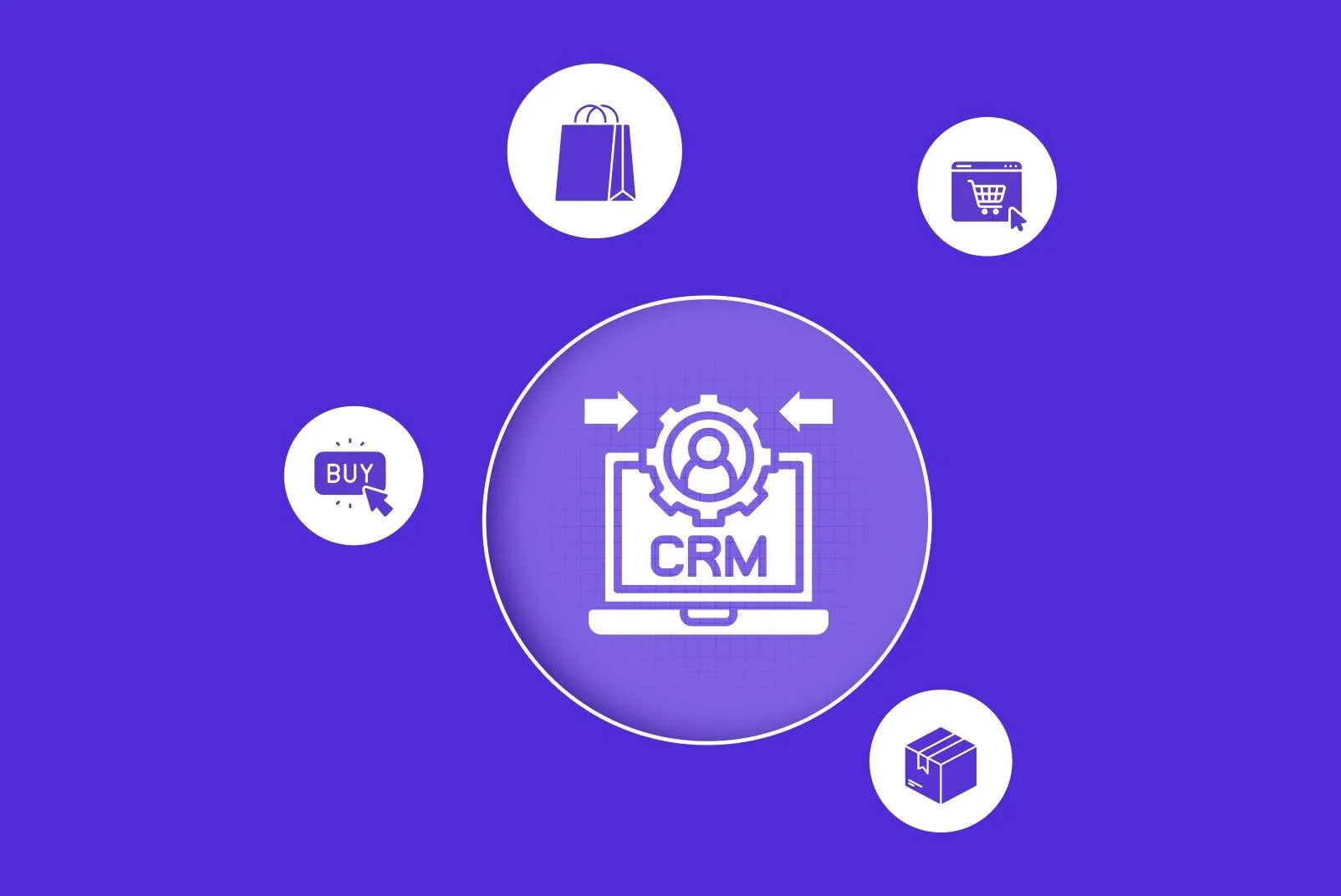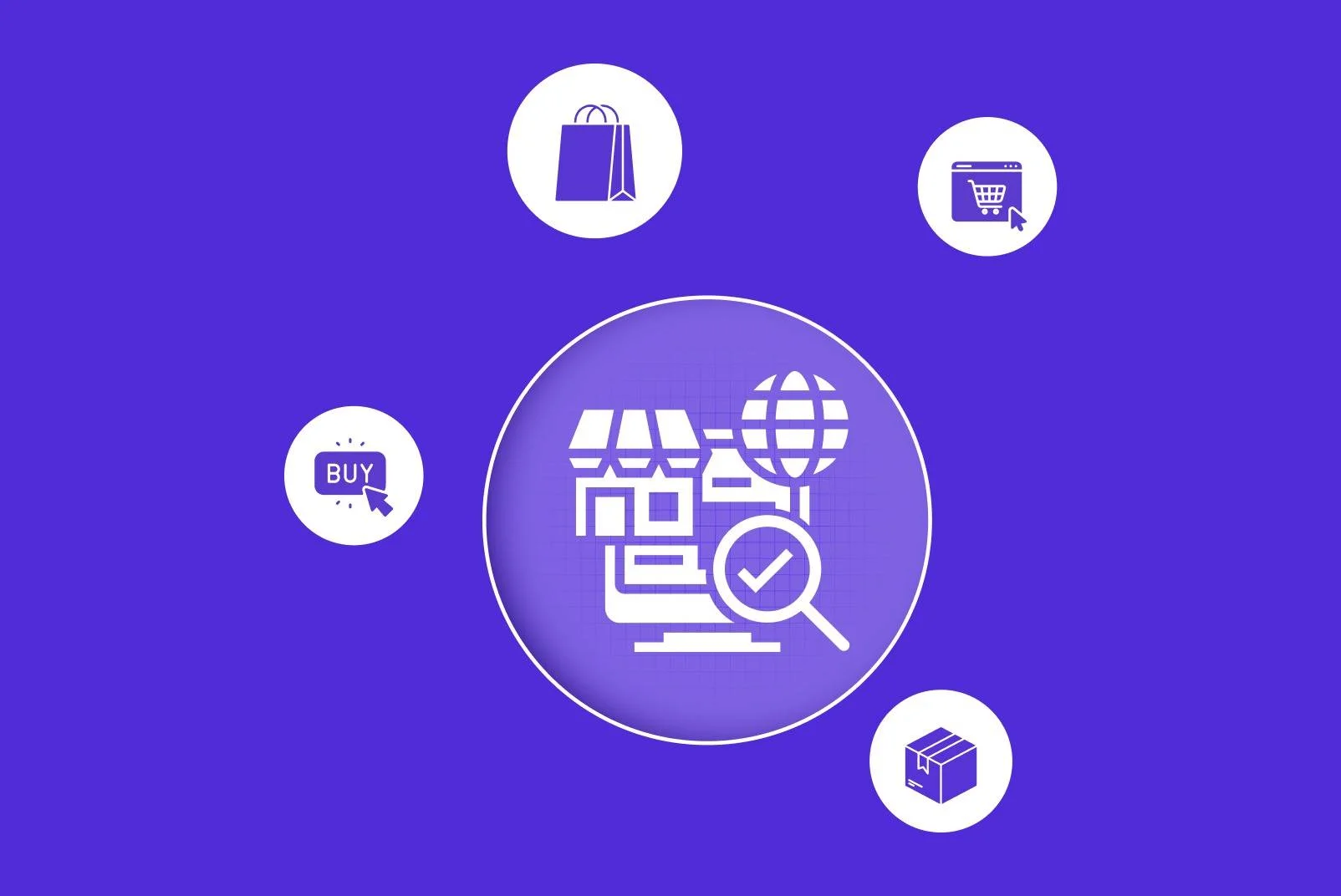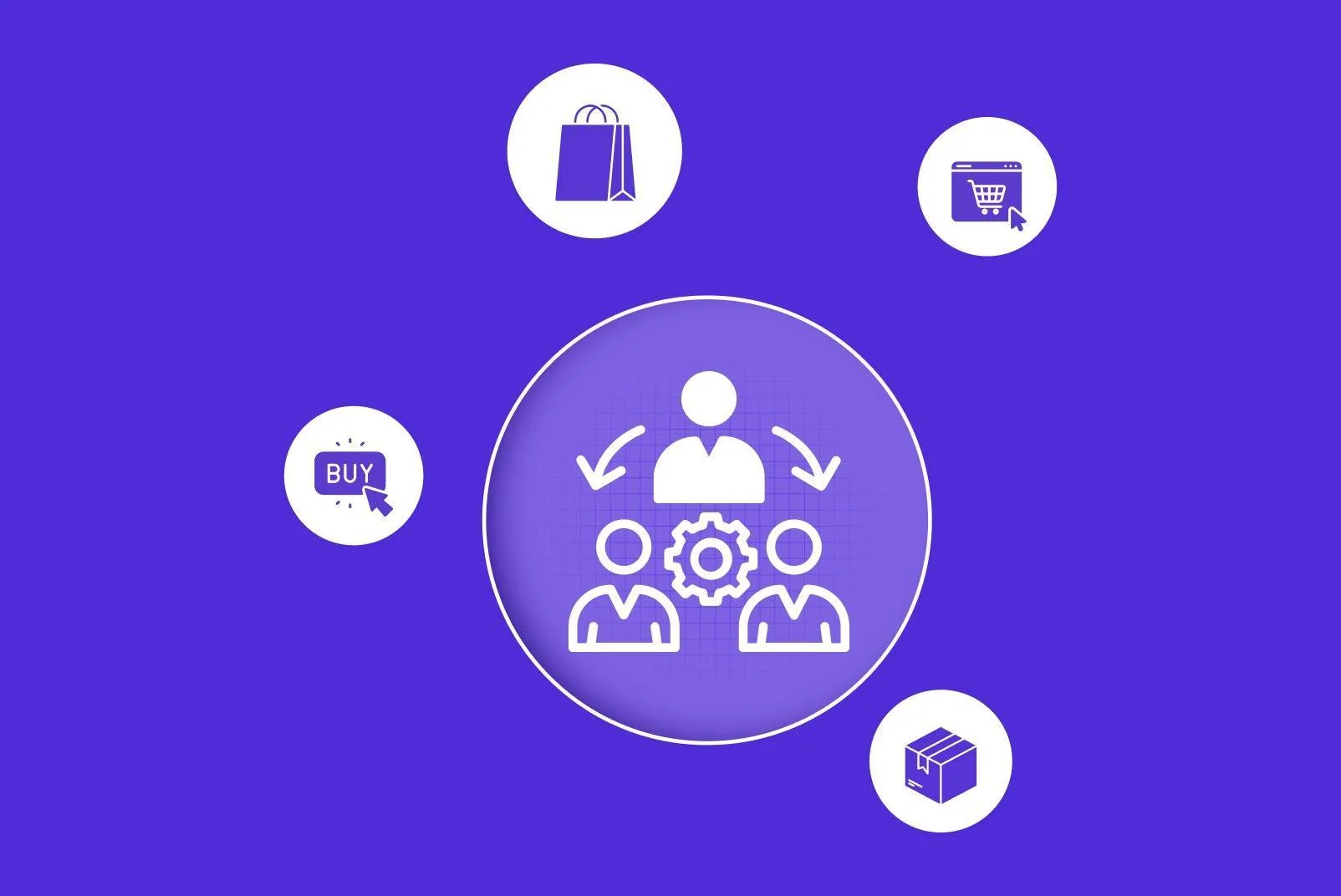As eCommerce sectors burgeon worldwide, understanding local cultural nuances becomes paramount. The UAE, with its unique blend of tradition and modernity, offers a dynamic eCommerce landscape. For brands keen to tap into this lucrative market, adapting to the local cultural ethos isn't just beneficial—it's imperative. At eccofi, we bring to the fore unparalleled insights into achieving this harmonization.
1. Appreciating Tradition and Modernity
The UAE is a confluence of rich traditions and cutting-edge advancements. Successful eCommerce platforms seamlessly meld these elements, offering products that resonate with both the country's heritage and its forward-looking populace.
2. Localized Content is King
Language and context matter. Incorporating Arabic alongside English, using colloquial expressions, and showcasing local influencers can help brands strike a chord. eccofi’s eCommerce consulting services can assist in curating content that genuinely speaks to the Emirati audience.
3. Festive Offerings
Festivals like Ramadan and Eid are significant in the UAE. Tailoring sales, offers, and even product lines around these occasions can bolster brand reputation and revenue.
4. Understanding Consumer Behavior
Emiratis value quality and luxury, but they're also tech-savvy and value-driven. An eCommerce platform must balance these aspects, offering premium products while ensuring seamless digital experiences and attractive deals.
5. eccofi’s Expertise
Treading the cultural landscape of the UAE might seem daunting. But with eccofi by your side, you gain an ally adept at navigating these nuances. We leverage our in-depth knowledge of the region to tailor eCommerce strategies that resonate, engage, and convert.
Conclusion
The UAE offers a goldmine of eCommerce opportunities, but the key lies in understanding and adapting to its cultural intricacies. With eccofi's seasoned guidance, brands can seamlessly align their offerings with the Emirati ethos, ensuring sustainable success in this burgeoning market.









